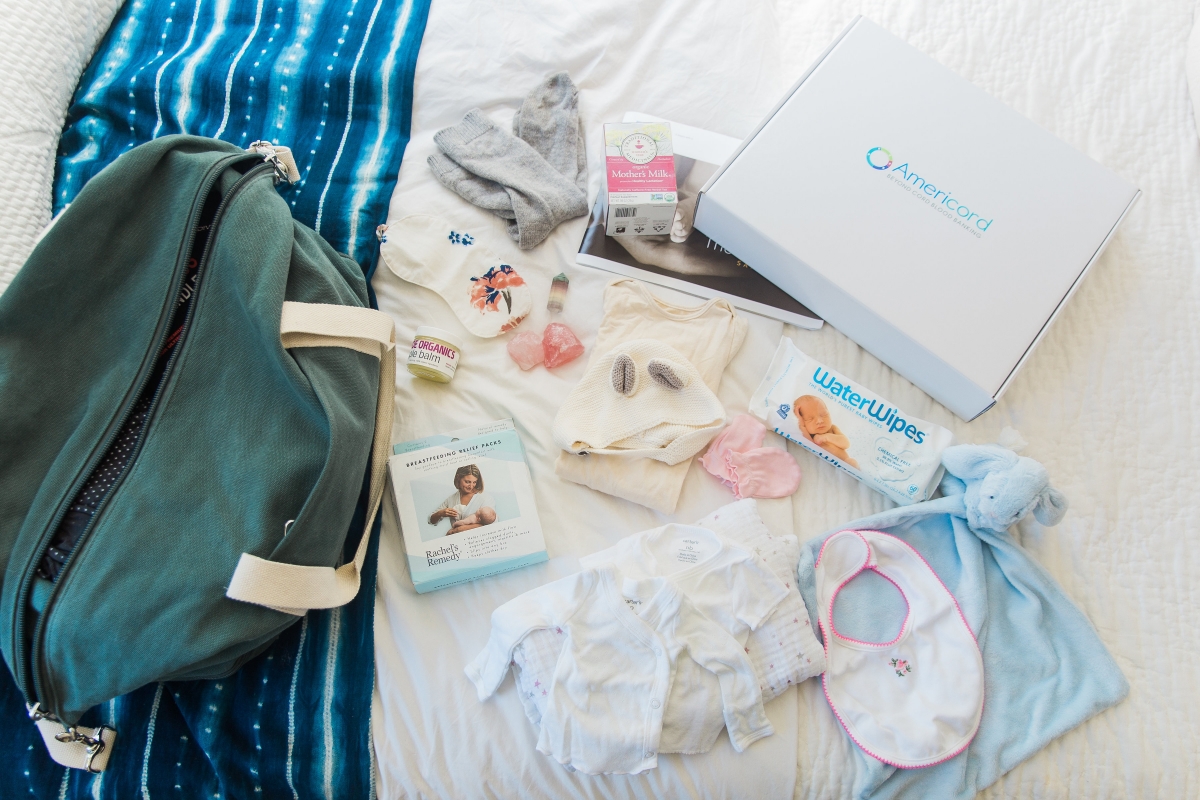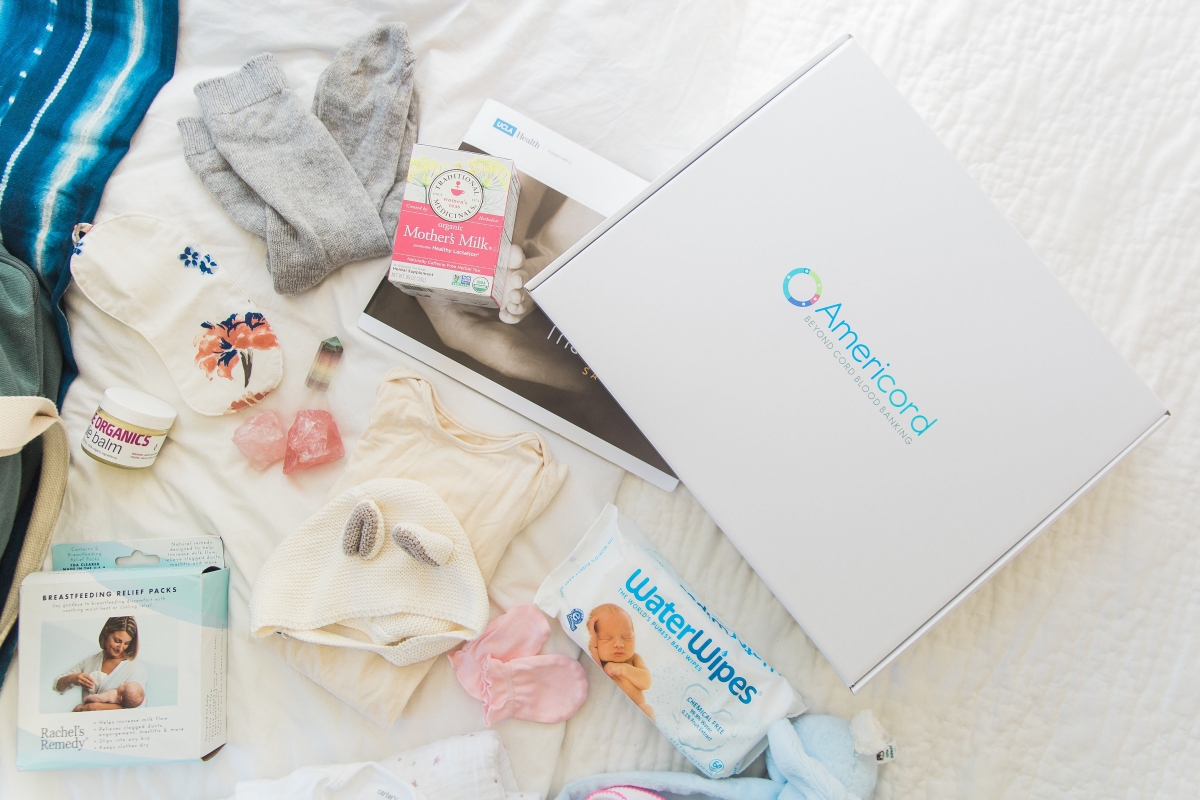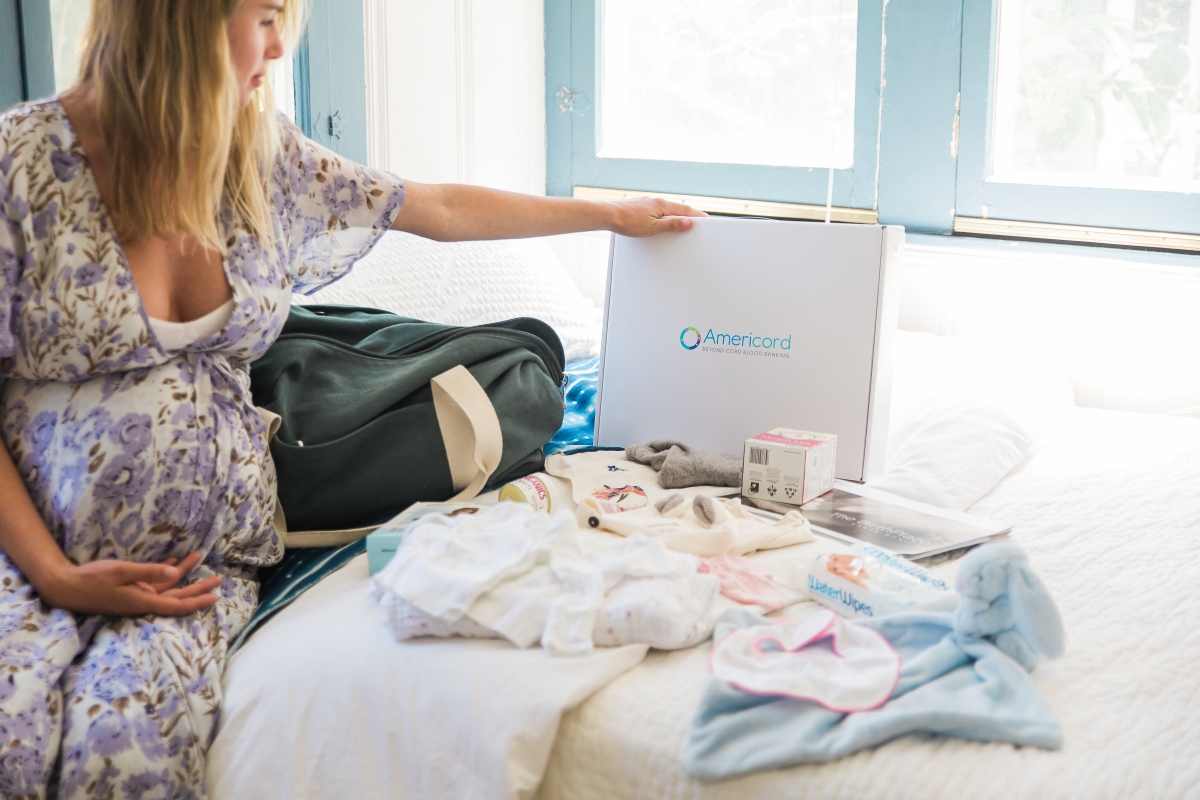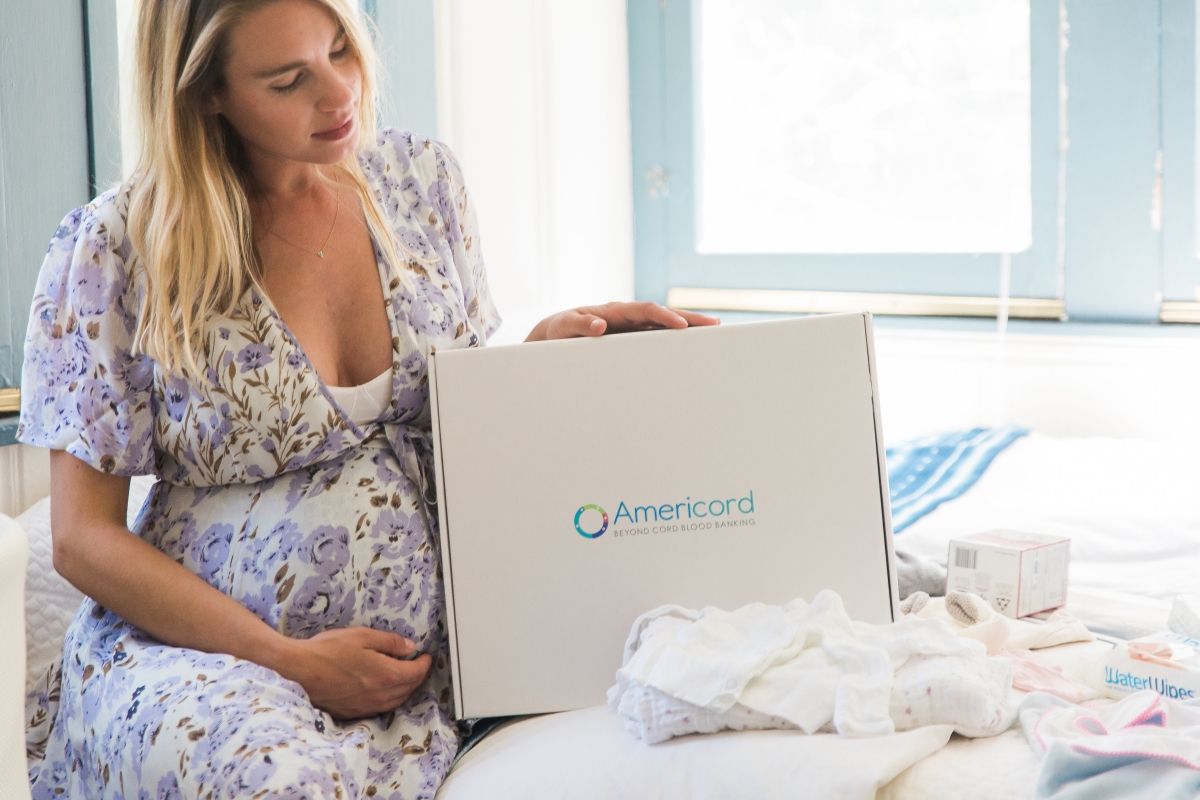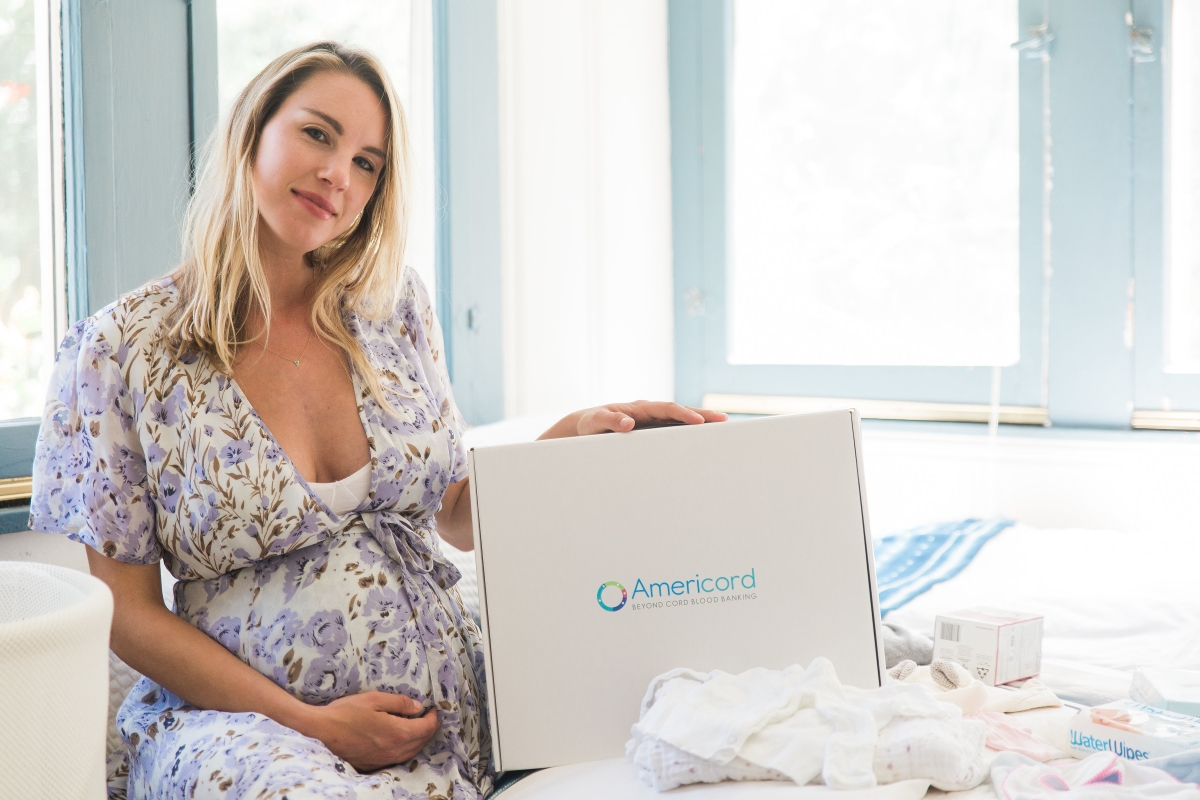Americord Cord Blood Banking
Since you only get one chance to save cord blood, it’s important to understand the benefits, process, and your options before your delivery. Click through to learn more about Americord and why cord blood blanking is such an integral part of birth planning and get an exclusive discount code.
When Jessie was getting ready to have her baby, she began to research cord blood banking, which provides the opportunity to preserve your newborn's umbilical cord blood stem cells at birth.She discovered that Americord® has the most advanced technology to preserve your newborn's stem cells, and became passionate about spreading the word to new parents about this amazing technology. So, what is cord blood banking? Right after your baby is born, this painless and non-invasive process collects blood from the umbilical cord once it has been cut. The blood ships to a laboratory that separates the stem cells from the plasma and platelets, then stem cells are prepared for cryopreservation and stored in specially designed cryobags and protective cartridges at subzero temperature in tanks using liquid nitrogen.
What sets Americord® apart from other Blood Banking options, is that it gives parents the chance to collect enough stem cells to treat children into adolescence and even adulthood. Americord Cord Blood 2.0 technology has the ability to collect enough stem cells to treat a person with certain conditions up to 165 pounds, while traditional cord blood banks often collect only enough stem cells to treat a child under 65 pounds.
Until now, a huge limitation of cord blood banking has been that the number of stem cells that are preserved in a typical cord blood collection are only sufficient to treat someone up to about 65 pounds. With Cord Blood 2.0™, up to twice as many stem cells can be preserved, making it possible to treat larger patients and expand treatment opportunities for smaller patients.
Cord blood is an easily accessible source of stem cells that is available only when your baby is born. It remains in the umbilical cord and placenta following birth. The type of stem cells that are recovered from the cord blood are called hematopoietic stem cells (HSCs). HSCs can become any of the blood cells and cellular blood components in our bodies (such as white blood cells, red blood cells, platelets, etc.). These precious cells can survive outside the body, preserved for decades in a deep freeze, to be later thawed and revived if needed.
First discovered in 1961, HSCs have proven successful in treating many blood disorders, immune system deficiencies, cancers, and tumors. There are now over 80 FDA approved treatments using stem cells from umbilical cord blood, and research continues to further unlock their hidden potential. Clinical trials worldwide are exploring the safety and efficacy of using HSCs to treat incurable blood cancers, cerebral palsy, type 1 diabetes, and other diseases.
Diseases treated:
- Acute Leukemia
- Chronic Leukemia
- Myelodysplastic Syndromes
- Hodgkin’s Lymphoma
- Non-Hodgkin’s Lymphoma (Burkitt’s Lymphoma)
- Sickle Cell Disease
- Anemias
- Beta Thalassemia Major
- Inherited Platelet Abnormalities
- Inherited Immune System Disorders: Severe Combined Immunodeficiency (SCID)
- Multiple Myeloma
- Plasma Cell Leukemia
- Osteopetrosis
- Neuroblastoma
Americord® makes the process of blood banking really seamless. Here are the steps:
1. Sign up to receive your kit! It’s free and easy. Americord® doesn't charge you until the lab has received your collection and successfully stored your baby’s stem cells.
2. You’ll receive your kit in a matter of days. If your due date is within 4 weeks, they’ll overnight it to you at no additional charge.
3. Pack your collection kit in your hospital bag and bring it with you when you go the hospital to deliver. Inform the nurses that you will be doing cord blood banking, hand them the kit and they will take care of the rest.
The process couldn't be more seamless. The cord blood bank provides the kit, arranges for bedside pick-up at the hospital, and handles all the testing, processing, and storage. The OBGYN collects the blood after baby is born. Storing your baby’s cord blood is simple and risk-free, and arguably one of the best investments you can make for your family.
Click here to learn more and order your own kit with an exclusive discount.
Photography by: Vanessa Tierney

